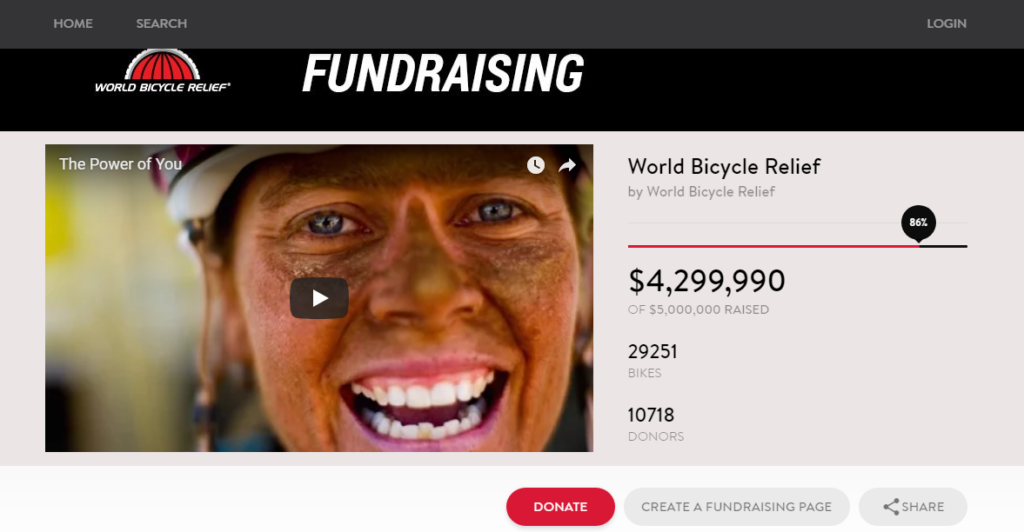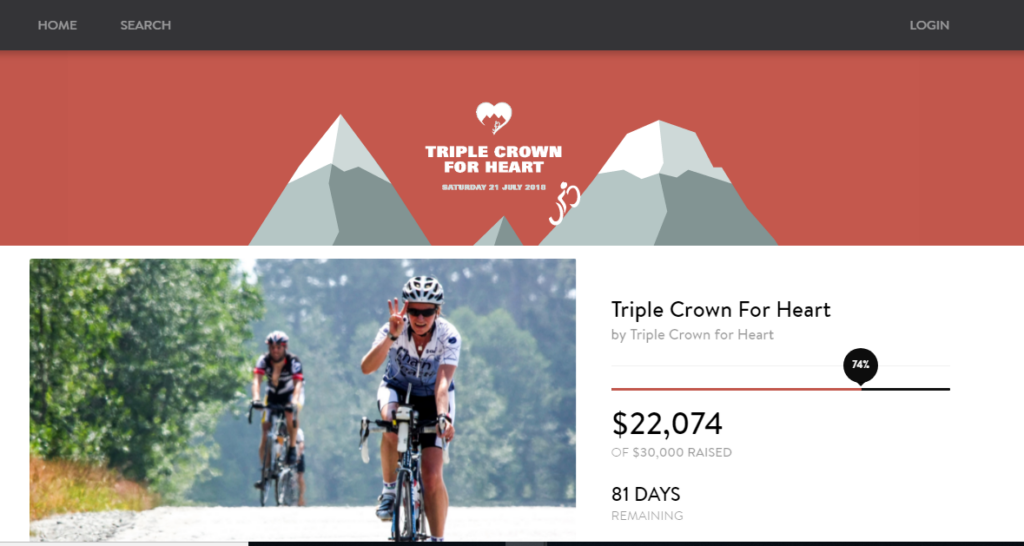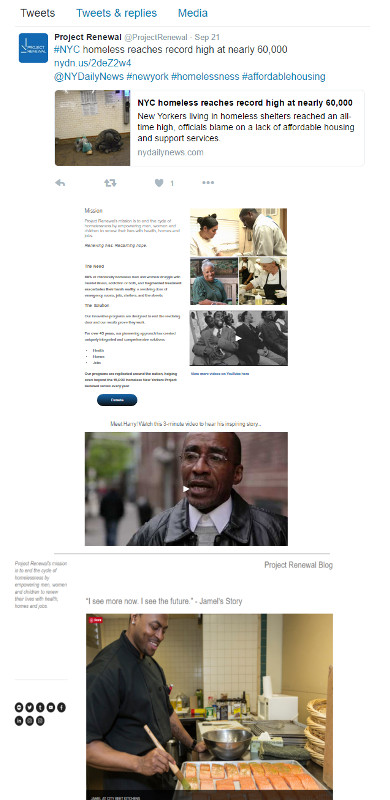Nearly everything I’ve ever said about fundraising includes encouraging folks to focus on stories over stats. But I’m not opposed to a well-placed statistic, so here’s a good one for you: 30% of annual giving in the US occurs in December. 10% of annual giving happens during the last three days of the year.
These statistics tell us an important story: Your year-end fundraising matters. A lot.
This very important time of year is already intense. And when things get busy, it’s easy to lose track of things, give up and decide to do exactly what you did last year, or miss opportunities because you’re just too overwhelmed to take advantage of them. It’s really not fair that the time it’s most important to get things right is also the time it’s hardest to do so.

But with good planning, a helpful community, and some best practices, you can conquer your year-end fundraising campaign. It all comes down to how you begin. So let’s begin.
Plan Ahead
You’ve probably heard the proverb, “Success is 90% preparation,10% perspiration.” I don’t know that it holds up as a statistic (real stats usually don’t rhyme…) but as far as fundraising wisdom goes, it’s spot on. Your year-end fundraising campaign is only as good as your plan.
Sometimes improvising works out, but this time of year moves too quickly and is too important to risk playing it by ear. Before launching your campaign, you’ll need to do some thinking, content creating, and scheduling, along with a good bit of rallying and inspiring. Wait a second, this also sounds like perspiration to me.
Download Your December Fundraising Sample Plan + Calendar (xls):
1. Goals
One of the first things to do is set a fundraising goal. Your goal should be SMART (Specific, Measurable, Attainable, Relevant, and Time-Based), and based on your existing fundraising data.
When setting a year-end fundraising goal, ask yourself:
- What did we raise last year?
- What is our average donation size?
- How many people gave in this campaign last year?
- How much time and money will our organization devote to the year-end campaign?
The ideal goal will have a little stretch from last year, but still be well within the realm of reasonable possibility.
It’s hard to get people excited about giving money for the sake of money. People are inspired when they see the real, human difference the money will make. Once you have your dollar amount, it’s time to translate it into impact. How many books does $100 put in your children’s library? How many bicycles does $500 provide to people in rural Africa?

Your impact goal will be at the heart of your campaign storytelling. That’s why it’s so easy to showcase your goal and measure your impact with CauseVox–it’s important.
2. Storytelling
Storytelling is how donors know that what you’re doing matters. It’s also what gets the empathy chemicals in our brains popping, which spurs giving. Once you know what your goals are, you can start to identify human stories to demonstrate the impact you’re trying to make.
Look for stories that:
- Have a central character
- Have an emotional component (This doesn’t mean manipulative sob stories. Joy, rage, surprise, and hope are all emotions, too.)
- Show a change
Once you have a story, you need to tell it!
- Consider your storytelling resources:
- Can you make a video?
- Interview someone?
- Share photos?
- Gather quotes from clients?
Then consider your storytelling channels:
- Direct mail?
- Social media platforms?
- Your organization’s website?
- Your fundraising platform?
- Email?
- The media?
Create content for your campaign that centers around your story. For more on storytelling across all your channels, check out Rob’s post on using a storytelling grid.
Visual elements are part of the story of your campaign, too. To stand out and help people remember your campaign, think about your visual branding. You can keep it simple, like putting a campaign-branded frame on every photograph, or you can create or commission campaign-specific logos or other visual elements.

Don’t worry if you’re not a graphics wizard or super tech savvy. CauseVox makes it easy to create beautiful, branded campaigns to center your story, share your content, and increase donations—no tech knowledge needed.
3. Roles
Before you get going, it’s worth it to take a minute to articulate what each person’s role and responsibility is in the coming campaign. Even if you’re the only staff person at your organization, you’ll probably be working with board members and other volunteers to fundraise.
Decide:
- Who is tracking and reporting on campaign progress?
- Who is managing volunteer fundraisers?
- Who is setting up your fundraising platform?
- Who is the “public face” of the campaign for media inquiries, etc.?
- Who is creating fundraising content? Does it require approval from anyone else?
- By spelling it out ahead of time, you’ll avoid confusion and redundancy during the campaign.
4. Timeline
Okay, so you’ve got a goal you can translate into impact, an inspiring story to tell, the content to tell it, and you know who’s doing what. Time to put it on the calendar!
If you want to take a look at a perfect-world year-end fundraising timeline, check out Tina’s post here. I like that she structures it around general deadlines because it makes it so adaptable for different organizations.
Our goals and strategies may vary, but we all need to know what’s going on by November 1.
5. Rally The Community
Fundraising professionals wear a lot of hats and can get a lot done without much help. However, when it comes to raising large amounts of money, there’s a limit to what you can do on your own. Year-end fundraising is an “all hands on deck” endeavor; you need a community.
Both your blood pressure and your bottom line will do better with a team of other staff members, board members, community partners, and volunteers. We call this approach “community-driven fundraising.” It transforms supporters into advocates and helps them bring your story to their own communities and expand your reach exponentially.
Community-driven fundraising works in three phases: Inspire, Activate, Rally.
First, you inspire your community with human stories that demonstrate the impact of their support. This inspires them to take their first action: making a donation. Now, these community members are supporters.
Next, you activate your supporters by inviting them to join you in fundraising. Individuals can become personal fundraisers in a peer-to-peer campaign, participate in events, or launch their own fundraisers on your behalf. Community partners can share your content with their own audiences, become sponsors, or share their resources to help your campaign. Now, they’re not just supporters–they’re advocates.
Unlike you, your team members are probably not professional fundraisers. They’ll need your help to be successful, and your support to feel confident.
Prepare personal fundraisers with:
- A fundraising toolkit
- A welcome email to introduce them to the campaign
- A contact person for if they have any questions
Prepare community partners with:
- A check-in about how they plan to help during the campaign
- Any logos, content, or other marketing materials for sharing
Prepare board members with:
- Campaign goals and strategies
- Fundraising practice or roleplaying for those who desire it
- Help setting individual fundraising goals
Prepare your donors and supporters with:
- Social media announcements that the campaign is coming
- An email reminder that the campaign is coming
Does shepherding supporters through fundraising sound overwhelming? Use CauseVox to keep things simple for your supporters and streamlined for you. The point isn’t to make more work for yourself, after all.
Finally, rally your advocates with impact stories, campaign updates, and encouragement. Show them the difference they’re making, and cheer them on towards their goals.
Launch It!
With your plan in place, it’s time for the “perspiration” bit of our fake statistic: putting your plan into action. Whether you’re launching your year-end campaign with a #GivingTuesday extravaganza, or you set your start date as the day you put your appeal in the mailbox, the first days of your campaign are important for setting the tone for the rest of it.
1. Coordinate Communication Channels
In this hyper-connected world, your supporters interact with you on their own terms. Some of them haven’t subscribed to your email list. Some of them love your Instagram posts, but ignore you on Facebook. On the day of your launch, coordinate your website, social media platforms, and email to announce your campaign, so that no matter where someone finds you, they’ll know about it.
Of course, some of your supporters follow you everywhere. To avoid fatiguing them, customize your content to your channels, so they’re getting the same message in different ways.

2. Segment Audiences
Speaking of avoiding donor fatigue, let’s talk about segmenting your donor communications. The more you can target your communications to specific audiences, the better. Segmenting makes your messages more personal and relevant, and thus, more interesting to donors.
When you send the same message to everyone, it shows. It’s impossible to cover every base for every person, and sound like a warm, engaging human who is writing just to one person. No one wants to feel like a number, especially not when they’ve given money to an organization.
With the help of your database and email software, you can create specific messages for specific donor groups. Consider dividing your donors by age, previous gift amount, volunteer status, or specific interest to create messages just for them.
3. Use Your Analytics
With direct mail, we can figure out when letters hit mailboxes, and when people gave. That’s about it. We don’t know when they opened it, when they stopped reading it and threw it away, or if they read it more than once. With email and social media, we can find out everything.
Check in on your analytics during your campaign. Are people opening your emails? Clicking your social links? How are they getting to your donation page? Which posts are they sharing?
Adjust your strategy as this information emerges. If you find that you’re getting most of your traffic at 9 pm on Thursday nights, then consider adjusting your send times to the evening. If social posts with pictures of puppies outperform everything else, then I highly suggest you increase your puppy content.
4. Update and Inspire
Remember your personal fundraisers during the campaign launch. There are two big reasons for this. First, it’s important that they feel included and confident as they advocate for your cause. Second, it’s really easy to lose track of people in December! Without updates and inspiration, we risk getting drowned out by the million other things clamoring for their attention this time of year.
So cheer on their early successes, check in after their first day, and make sure they’re feeling good. Share their content, shout them out on social media, and let them know how the first days of the campaign are going.
As the campaign continues, keep your supporters in the loop as you reach goals, and celebrate milestones. It will keep them enthusiastic and engaged in the campaign.
Keep Going The Way You Began
With a solid plan, an engaged community, and a successful launch, your year-end fundraising campaign will be off to a great start. Then it simply becomes a matter of following your plan, rallying your people, and progressing towards your goals. You’ll be well on your way to becoming part of the 2018 fundraising success stats.
For More Year-End Planning, Check Out:
[Webinar] How To Successfully Promote Your Year-End Fundraising Campaign




